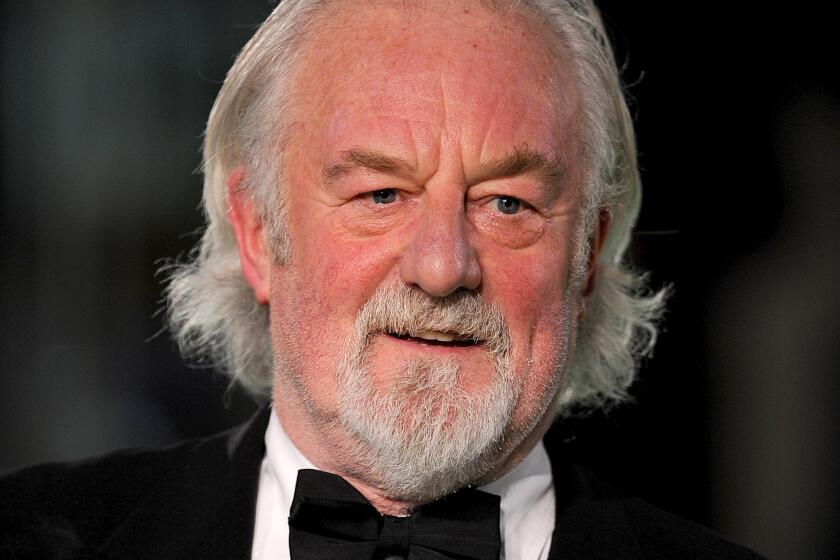Clean Machines Are Touted as a Breath of Fresh Air : Technology: Exhibitors show off their environmentally sensitive products, from electric cars to more efficient barbecues.
For Lara Hait, the recent ruling by air-quality officials banning traditional types of barbecue lighter fluids from Southern California by 1992 was a marketing dream come true.
“It’s a thrill for us,” Hait said as she stood behind an exhibitor’s booth hawking her father’s invention--an insert for barbecues that promises to boost the efficiency of the cooker while using fewer briquettes.
“We have been pushing environmental sensitivity for six years and no one cared,” Hait said.
Hait and more than 80 other exhibitors were on hand Wednesday at the Westin Bonaventure Hotel in downtown Los Angeles as part of the three-day California Clean Air and New Technologies Conference.
Distributors and manufacturers from around the country came to show off, and peddle, devices ranging from non-polluting pizza ovens and deep fryers to state-of-the-art mechanical devices geared toward helping heavy industry cut down on nitrogen-oxide emissions.
As part of the conference, which ended Wednesday, vehicles powered by alternative energy sources were displayed at a nearby bus maintenance yard. Lined up for visitors to inspect and for their promoters to expound upon were a bullet-shaped solar-powered car, a sleek battery-powered vehicle and a methanol-powered garbage truck.
“It was born and raised as an electric car,” beamed Tom Mitchell, a spokesman for Amectran, a Dallas-based company that developed the battery-powered car. “For $1.75 in Los Angeles you can drive 100 miles. Can your Mazda do that?”
Conference spokeswoman Blythe Egan said the event was planned over a six-month period and sponsored by a consortium of 14 public agencies and private companies. Besides manning exhibit booths, participants attended seminars on new pollution-fighting technologies.
“The main purpose is to just bring together the regulatory bodies with private industry and educational institutions to share knowledge and update everybody about what is going on,” Egan said.
Inside the exhibitors’ room, signs from such organizations as the American Methanol Institute and Institute of Gas Technology hung from booths. Several major oil companies were on hand, including the Unocal Corp., which decorated its booth with three large barrels filled with scrap metal. The metal came from old cars the company purchased as part of a program to get aging, high-polluting vehicles off the road.
Many used the conference to drum up business. One such person was Steven Martin, an area sales manager for a Huntington Beach company that distributes engine parts to convert vehicles from gasoline power to propane. He extolled the virtues of propane over gasoline, saying that it not only is a cleaner-burning fuel but also extends an engine’s life.
“I know of a Chrysler engine with 250,000 miles on it,” he bragged.
Others attending the conference said they came not so much to sell their products as to give the various state and local agencies that determine clean-air regulations an opportunity to inspect their goods.
“We want the exposure to different regulatory divisions,” said Ken Halsauer, who works for a company that distributes pizza ovens and deep fryers that clean and recirculate smoke and other pollutants that typically are vented into the atmosphere.
At the maintenance yard, Bruce Ryan, a professor of mechanical engineering at Cal State Northridge, said the bullet-shaped, solar-powered car was built by a dozen of the school’s seniors as part of a competition sponsored by General Motors. The two-seater is powered by a large solar panel and cost $40,000 to develop.
“We get about 1,500 watts, which is like a hair dryer,” Ryan said.
While Ryan conceded that the solar-powered car is not yet ready for mass production, Mitchell contended that his electric car was. The car is powered by 24 batteries, which propel the car 75 to 100 miles before they need recharging--perfect for the average commuter, he said.
“Do you know 90% of the people driving 95% of the time drive less than 50 miles a day?” Mitchell said.
Even though the battery-powered car drew a lot of attention, the biggest hit of the conference may have been the barbecue insert device developed by Lara Hait’s father, Paul. Shortly before the conference adjourned, the Haits cooked lunch for many of those who attended.
“They used five barbecues and only used 150 briquettes, which is a half a bag, to cook hamburgers for 250 people,” Egan said. “I thought that was kind of astounding.”






